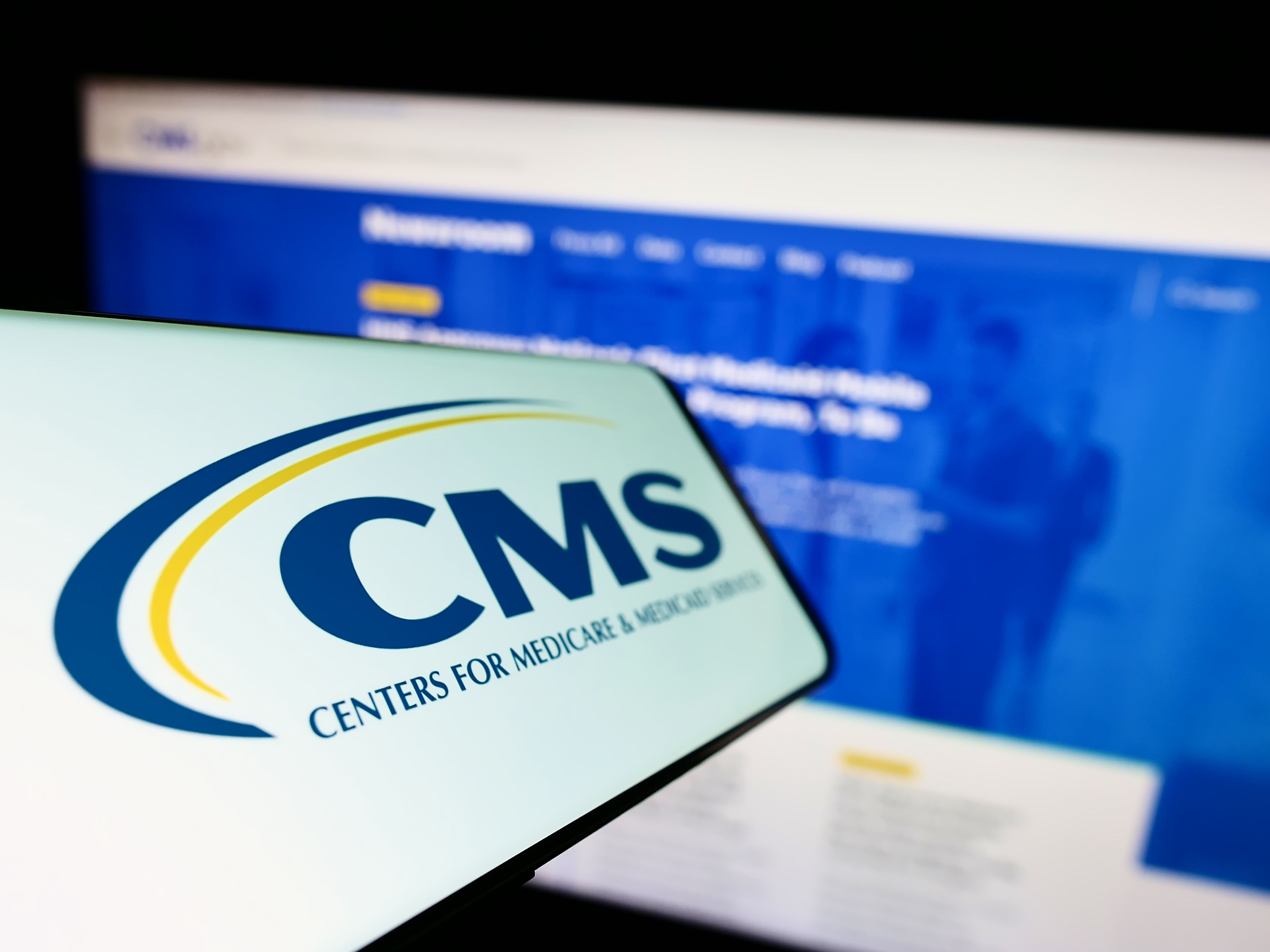Article
LLCs: Still the ultimate asset firewall
You might think that a limited liability company (LLC) will just help provide tax benefits. Discover the other benefits that LLCs can provide.
You, your fellow physicians, and your practices often have a substantial amount of assets at risk. Have you examined how your practice would fare if it were faced with baseless lawsuits or overzealous creditors?
One would be hard-pressed to find a better entity for asset protection than a limited liability company (LLC). It can effectively insulate you and your practice from certain financial risks and offer tax benefits.
First introduced in Wyoming in 1978, LLCs have been adopted by all 50 states. They were promulgated to solve some of the problems inherent in both corporate and partnership structures. For instance, the tax treatment of LLCs, like partnerships, is pass-through, resulting in only one layer of tax. Unlike partnerships, however, which require at least two parties, LLCs can be formed with only one member (and the pass-through tax treatment preserved by electing to treat it as a “disregarded entity” for income tax purposes). And they do not require the maintenance of rules and formalities of corporations.
Consider setting up multiple LLCs for ultimate protection. Certain states (for instance, Texas and Illinois) allow the use of the series LLC, the purpose of which is to streamline the ability to separate assets into their own entities, minimize liability, and reduce paperwork and formation costs. Such structures involve a “father” LLC and several “children” LLCs, each sub-LLC with its own books and members.
LLCs are relatively easy-to-understand asset protection firewalls. Ask yourself whether you are better off investing a small amount to protect valuables you have worked your entire life to earn. If the answer is yes, then think of an LLC as a driver in your golf bag-not the only club in your asset protection bag, but certainly not a bad tool with which to tee off.
No better method exists to protet your savings from creditors than by ensuring that they remain untouchable through impermeable trusts and proper estate-planning. That element is the essence of asset protection.
Learning the hard way
One of our successful physician colleagues, whom we will call Dr. Stevens, learned that lesson the hard way. He owned multiple assets, including a speedboat, a vacation home, an apartment building, a brokerage account, and a plot of undeveloped land. One day, his son and a group of his friends took a joyride in Dr. Steven’s speedboat. His son ended up hitting a dock at full speed, crippling his two friends. Alcohol was involved, and Dr. Stevens was slapped with a multi-million dollar lawsuit, far in excess of the speedboat’s policy limits.
Dr. Stevens believed he was adequately protected. Years earlier, a patent lawyer had advised him to put his brokerage account, vacation home, and land in a corporation. Doing so, the attorney had said, would insulate him from liability because of the limited liability benefits of a corporation.
That was poor advice. Although a corporation provides a level of protection from liability, this protection typically only applies to negligent actions of the corporation itself. And because the damage was the result of the speedboat accident (and the boat was not owned by the corporation), nothing was stopping the plaintiffs from simply seizing the stock and then dissolving the company. In addition, the corporation was subject to double taxation at both the corporate and shareholder level, meaning that his brokerage account gains were taxed twice.
Dr. Stevens, unsurprisingly, failed to keep up with a bevy of required corporate formalities.
He would have been better served had he put his remaining assets, including the speedboat, in an LLC-preferably separate LLCs-thereby protecting assets from both inside and outside liability. If Dr. Stevens’ brokerage account and land had been in separate LLCs, the plaintiffs would have had a difficult time directly seizing them.
Outside, inside liability
This is an example of outside liability, or, said another way, liability not related to the property. Because nothing exists for the litigants to go after, the rest of his assets are protected. In such a case, the litigants most likely will accept the insurance company’s policy limit.
Inside liability involves liability stemming from the property itself. Suppose a tenant slipped on the sidewalk of one of Dr. Steven’s rental properties. If this property is in an LLC, then he is safe from claims stemming from the injury, because he is shielded from negligent actions associated with the business.
At the heart of the LLC asset protection is the ability to increase one’s bargaining power. Because Dr. Stevens’ assets are protected, his pockets are suddenly much shallower, making him a far less tantalizing target for personal injury attorneys. He is now in a better position to settle the case for a fraction of what he is being sued.
Note, however, that recent case law has revealed chinks in the LLC armor. California and Florida have both ruled that, although a creditor cannot seize assets in the LLC, it can foreclose on the member interest on the LLC. Before these rulings, a creditor’s only remedy was to obtain a charging order, which essentially allows the creditor to obtain any distributions. This remedy largely was toothless, however, because it could not force distributions. Be sure to consult your professional advisers to determine the appropriate business arrangement for your practice and ensure that it is set up properly so you can maximize the benefits.
The authors are physicians’ advocates and founders of the first Physician Family Office (PFO) in the country. The PFO sells no products, receives no commissions, and is independent, employee-owned, and governed by an advisory board.





